Podcast: Play in new window | Download
Subscribe: Apple Podcasts | Podcast Index | RSS | More
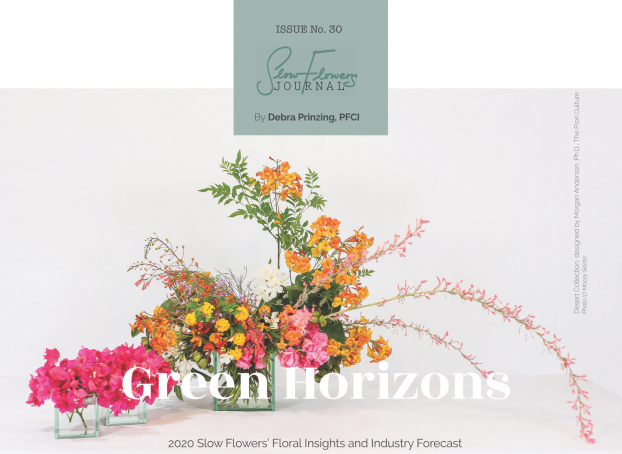
Happy New Year 2020! Last week’s podcast commemorated the close of 2019 with an extensive Year in Review episode. And while I couldn’t highlight and thank every single person who made last year a special one, I touched on many of the bright spots in our full year of Slow Flowers. Please go back and have a listen if you missed it.
I’m excited to share highlights from the sixth annual Slow Flowers’ Floral Insights and Industry Forecast — the 2020 edition, but before I do so, we have a special guest to welcome, Teresa Tibbets of Dandelion Floral, based in Lander, Wyoming.
All during 2019, our Fifty States of Slow Flowers series brought you a diverse range of voices and experiences from Slow Flowers members across the U.S. This ambitious series doubled the number of Slow Flowers Podcast guests we brought to you during the course of the year. Thank you to each of our state guests for their willingness to share their personal floral narrative with listeners. Together their stories amplified the thriving message that our Slow Flowers Movement is taking place everywhere and anywhere that people, gardens, soil and sunshine exist.
Click here to find the full list of our Fifty States of Slow Flowers guests, with links to the episode in which each appeared.
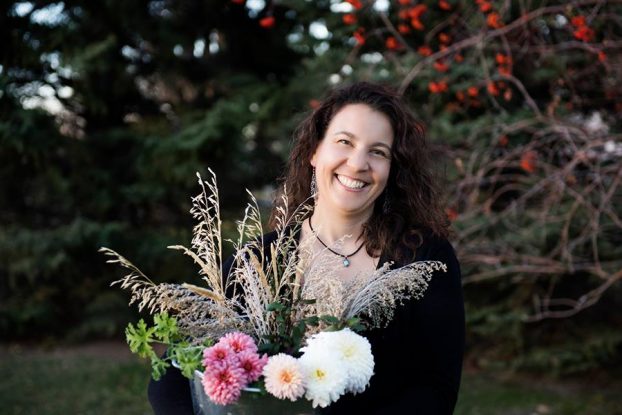
Today, that series comes to a close today. Even though it’s January 1st 2020, due to a few scheduling hiccups, I couldn’t quite fit our final state – Wyoming – into 2019, so today, please meet Teresa Tibbets of Dandelion Floral.
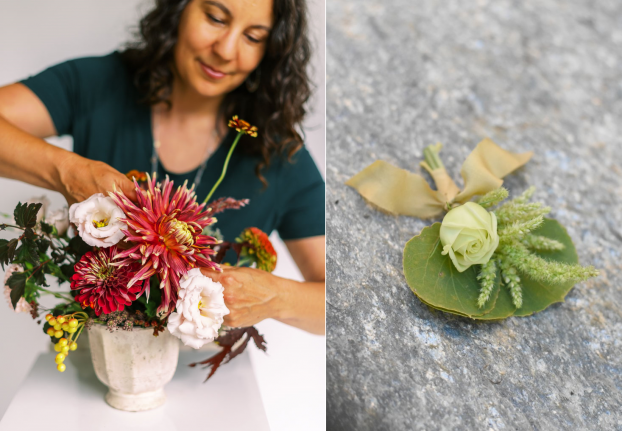
Teresa is a flower farmer and studio-based wedding and event florist who specializes in growing heirloom and ephemeral flowers. She also raises “xeric natives,” such as yarrow, coneflower and rudbeckia; and she forages locally for Aspen, juniper and sage.
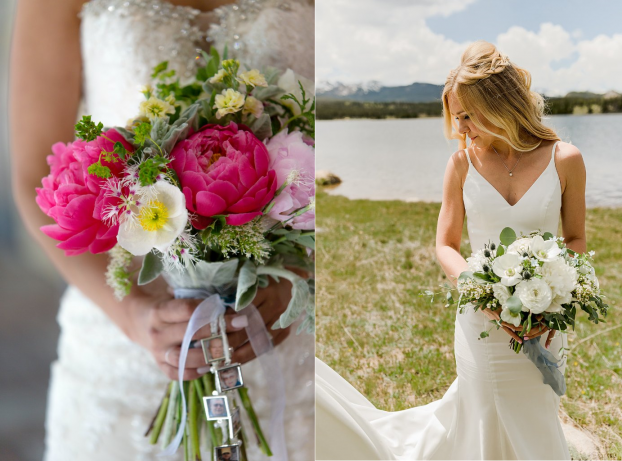
Teresa says: “My designs are inspired by nature’s form and structure, embracing the whimsical and wild. The aesthetic of the Rocky Mountains is loose and light, balancing the soft with prickly; the fine with bold. We take our cues from the deserts and the mountains. An arrangement full of lush, shiny, deep green foliage looks artificial and contrived here, in my opinion. Instead, we embrace the blue-grays of sage and juniper; the delicate texture of golden grasses and twinkling yellow-green of Aspen.”
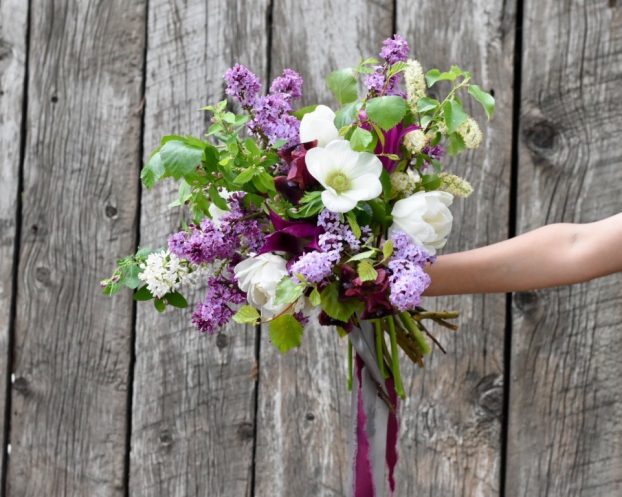
Find and follow Dandelion Floral at these social places:
It has been a privilege to feature this important series and I thank you for joining me. As I mentioned last week, we missed a few — namely Hawaii and Delaware — but I’ll do my best to add voices from those states in the coming months.

Next up: I’m excited to share highlights from the annual Slow Flowers’ Floral Insights and Industry Forecast.
This Forecast began six years ago and I’m more inspired than ever about the focus of this project. Since 2013, I have tracked and documented the shifts and changes in the Slow Flowers Movement, devoting considerable much time and resources during the past several years while also educating about and advocating for locally grown, seasonal and sustainable flowers. As a result, the awareness of our Movement has also increased. More farms are producing more domestic flowers; more designers are selecting domestic flowers as artistic elements of their work; and more consumers are asking for local flowers.
Traction, momentum and change can be measured incrementally, so you will notice that in this year’s 2020 Forecast some of the topics and key insights represent subtle rather than seismic shifts from past year’s themes, or at the very least, an expansion of them.
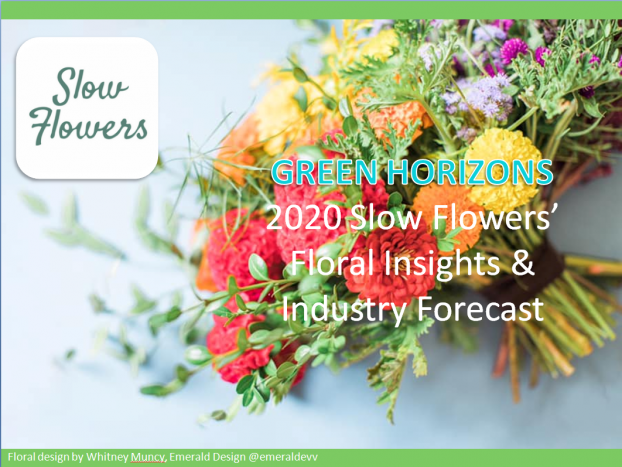
I’ve titled the forecast Green Horizons.
To develop this report, I began by surveying Slow Flowers members and social media followers last fall, asking questions about their floral businesses, including emerging themes and topics important to them.
I drew further insights from my 2019 storytelling — first-person interviews for print and digital Slow Flowers Journal stories, interviews with more than one-hundred Slow Flowers Podcast guests, and attitudes gathered from conversations with thought-leaders in floral design, flower farming and related creative professions.
I hope you find these forward-thinking resources important and valuable. I’d love to hear your feedback and suggestions about topics missed.
Download a PDF of the 2020 Forecast from Florists’ Review
Download a PDF of the 2020 Forecast from Canadian Florist
A sentence jumped out to me a few months ago as I read a Time magazine profile of Rose Marcario, CEO of Patagonia. It went like this: “Today’s customers want their dollars to go to companies that will use their money to make the world a better place.”
A fitting statement, given that Patagonia, which recently surpassed $1 billion in annual sales, donates 1% of its sales to environmental groups. To me, that story about Patagonia underscores a theme that resonates with that of our 2020 Slow Flowers’ Floral Insights and Industry Forecast:
“Belief-driven buyers choose a brand on the basis of its position on social issues.”
Time interview with Rose Marcario, CEO of Patagonia
If you think this is a fringe topic, you’re wrong. According to market consultancy Edelman, nearly 2 in 3 consumers are belief-driven buyers.








